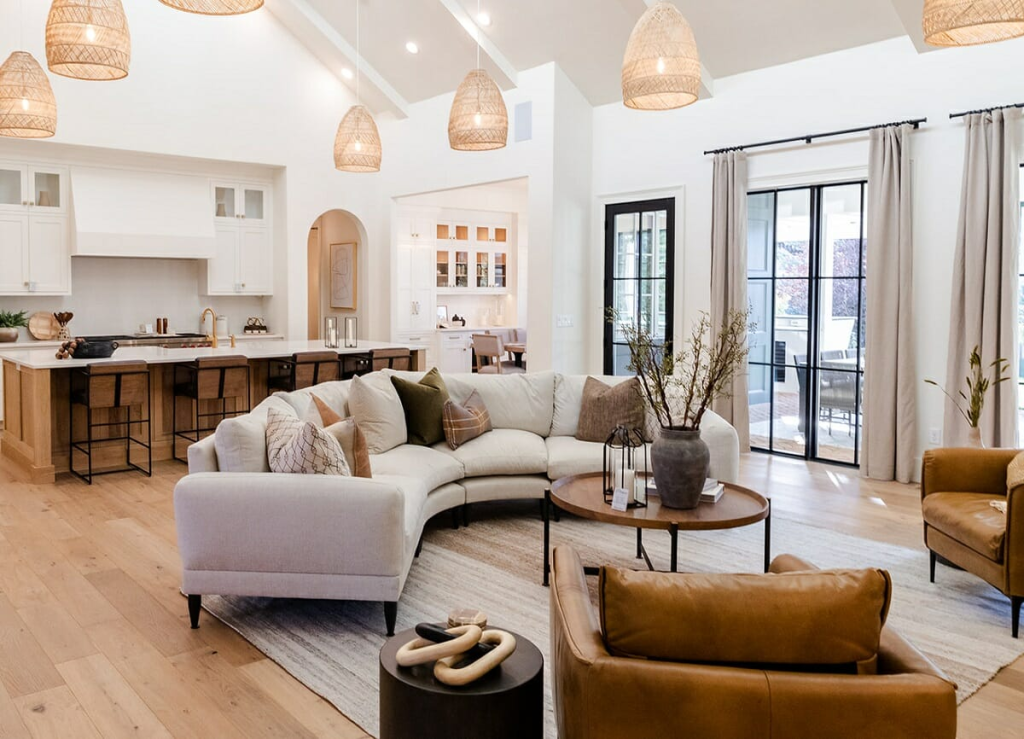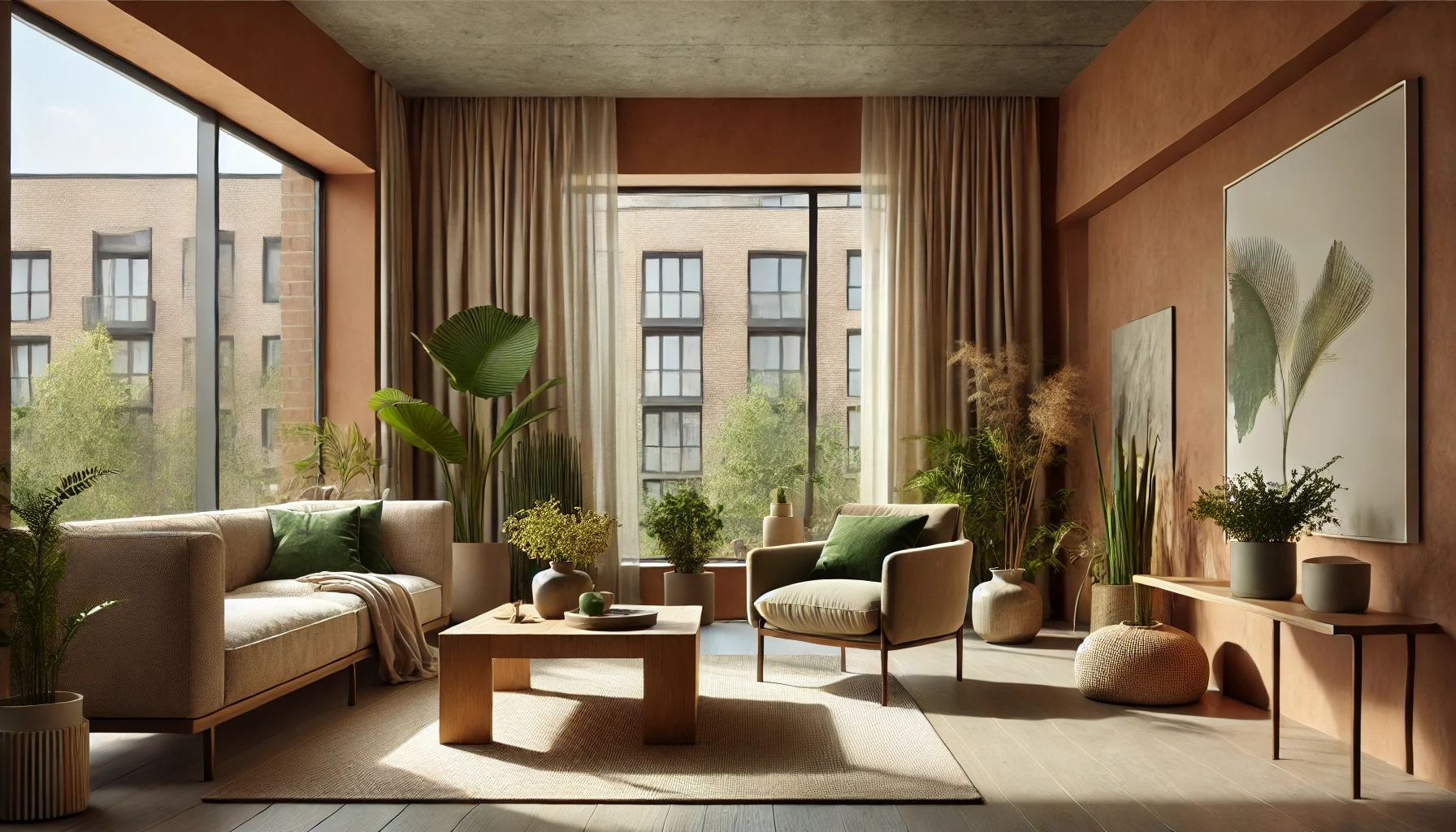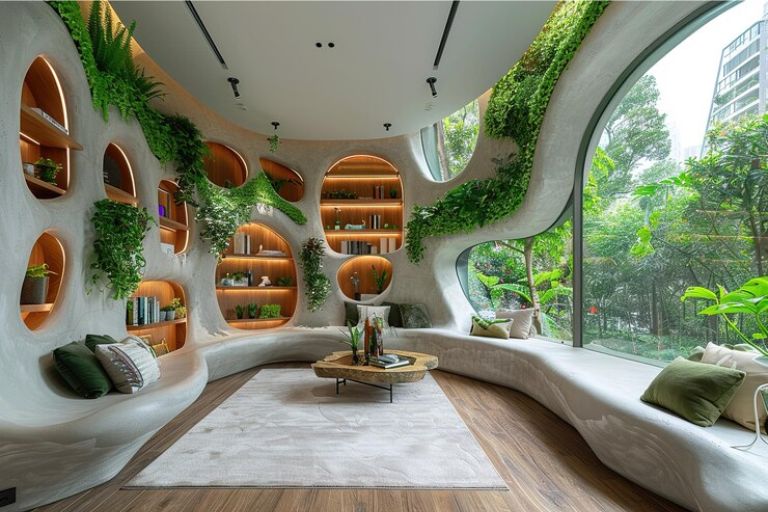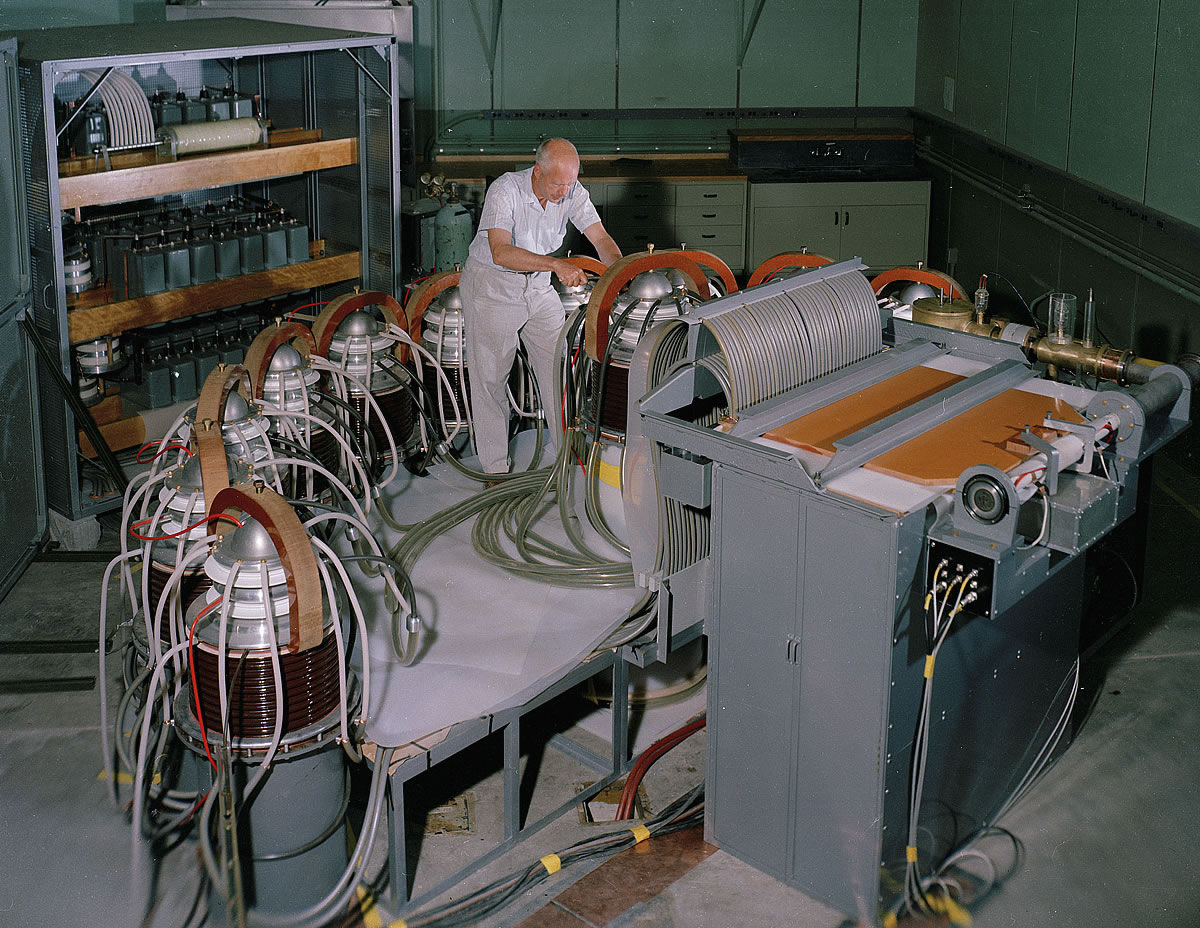In 2026, a major shift is happening in interior design—earthy neutrals are taking center stage. As sustainability becomes a core value for consumers, colors that evoke nature, warmth, and authenticity are transforming homes. From terracottas to mossy greens and muted browns, these hues are redefining modern living spaces. This trend is not just about aesthetics—it’s about connection. Earthy neutrals reflect a growing desire to bring nature indoors, create calming environments, and embrace more sustainable living choices. Discover how earthy neutrals are transforming homes in 2026. Explore sustainable color trends, eco-friendly materials, and timeless interior designs.
Why Earthy Neutrals? The Psychology of Comfort and Sustainability
Earthy neutrals are more than just colors; they are an emotional response to an overstimulated world. Here’s why these tones are resonating with consumers in 2026:
- A Sense of Stability – With rapid technological advancements and digital lifestyles, people crave grounding colors that provide a sense of stability and comfort.
- Connection to Nature – Shades inspired by soil, sand, and stone bring the serenity of the outdoors inside, promoting mindfulness and relaxation.
- Sustainability in Design – As eco-conscious living becomes the norm, natural hues complement sustainable materials like reclaimed wood, clay, and organic fabrics.
- Timeless Appeal – Unlike fast-fading color trends, earthy neutrals have a lasting, sophisticated quality that works across different styles and spaces.
The Essential Earthy Neutral Palette for 2026
| Color | Psychological Impact | Ideal Interior Uses |
|---|---|---|
| Warm Terracotta | Adds warmth, creativity, and depth | Living rooms, kitchens, accent walls |
| Soft Clay | Creates an inviting, organic feel | Bathrooms, entryways, ceramics |
| Moss Green | Enhances relaxation and nature connection | Bedrooms, study areas, upholstery |
| Muted Sand | Provides a neutral, grounding base | Walls, furniture, minimalist decor |
| Rich Umber | Evokes warmth and sophistication | Wooden finishes, statement pieces |
These hues are not just about color choices—they define the atmosphere of a home, fostering calm, balance, and sustainability.
Real-World Examples: Brands and Designers Embracing Earthy Neutrals
- IKEA’s Natural Home Concept – IKEA has unveiled a new collection featuring furniture in moss green and clay tones, emphasizing biodegradable and recycled materials.
- Behr’s 2026 Color of the Year: Rooted Beige – This rich, nature-inspired beige is dominating home interiors, reflecting a shift toward warm, inviting spaces.
- Japandi-Inspired Interiors – The fusion of Japanese minimalism and Scandinavian warmth is showcasing muted sand and umber tones in furniture and decor.
- Sustainable Tiny Homes Movement – Architects designing tiny homes and eco-pods are incorporating earthy neutrals to create harmonious, compact spaces that feel open and connected to nature.
How to Bring Earthy Neutrals Into Your Home

1. Walls That Ground the Space
Painting walls in soft clay or muted sand tones can create a soothing foundation, perfect for layering with natural materials like wood and linen.
2. Furniture With an Organic Touch
Opt for pieces in warm terracotta, moss green, or umber tones to infuse earthy warmth. Think handcrafted wooden tables, clay vases, and linen-upholstered seating.
3. Eco-Friendly Textiles and Decor
Use organic fabrics in neutral hues—linen curtains, cotton bedding, and wool throws—to enhance sustainability while maintaining a cozy aesthetic.
4. Terracotta and Clay Accents
Terracotta tiles, clay pottery, and textured ceramics bring a tactile, organic feel to kitchens, patios, and bathrooms.
5. Natural Light and Greenery
Maximize natural light and complement earthy neutrals with indoor plants like ferns, olive trees, and succulents for a fresh, nature-inspired atmosphere.
The Longevity of Earthy Neutrals in Interior Design

Unlike fleeting trends, earthy neutrals are here to stay. They align with the broader movement towards mindful consumption, sustainability, and timeless design. These colors not only create inviting spaces but also serve as a foundation for long-lasting, adaptable interiors.
Mattias Knutsson, a leading expert in consumer psychology and design trends, emphasizes that earthy neutrals are more than just a style preference—they represent a shift in how people experience and interact with their spaces. His research highlights that consumers are increasingly drawn to colors that foster emotional well-being, sustainability, and connection to the natural world.
Final Thoughts
The rise of earthy neutrals in 2026 is more than a color trend. It’s a movement toward sustainable, emotionally resonant design. As homeowners seek to create spaces that reflect warmth, authenticity, and environmental consciousness. These hues will continue to shape the way we live. From major brands to independent designers, earthy neutrals are proving that nature’s palette is the future of interior design.
Read more about:
- Interior Design Trends for 2026: Diverse Styles with a Common Vision
- SS2026 Consumer Trends: How Color and Material Trends Shape Buying Behavior
- Seasonal Summary: SS2025 Trends in Action
- Digital Pastels: How AI-Inspired Hues Are Redefining Interior Design in 2026
- Dopamine Décor: The Bold and Joyful Interior Trend Dominating 2026
- Beyond Aesthetics: How Smart and Biodegradable Materials Are Shaping Interior Design
- Inside Stockholm Design Week: 2026’s Biggest Interior Trends Unveiled





